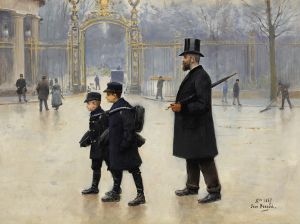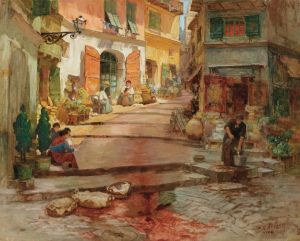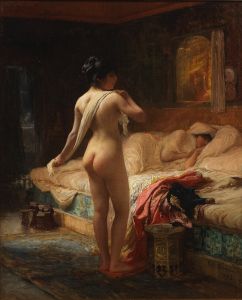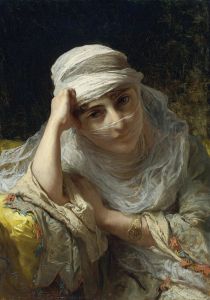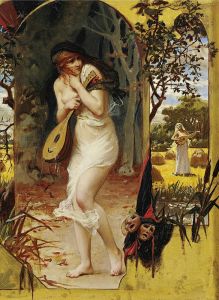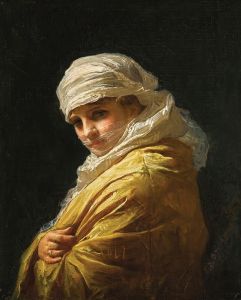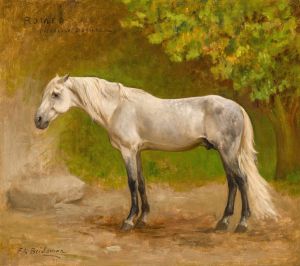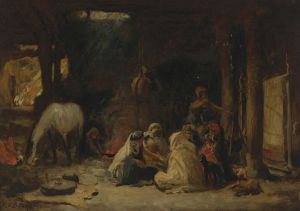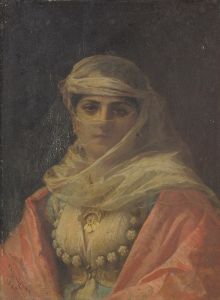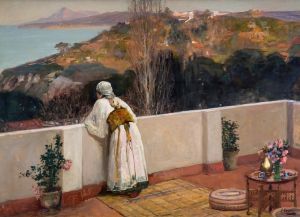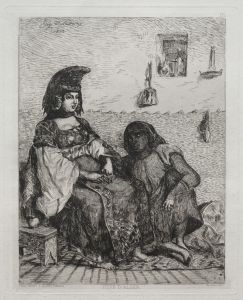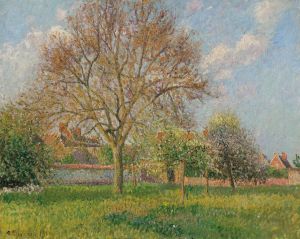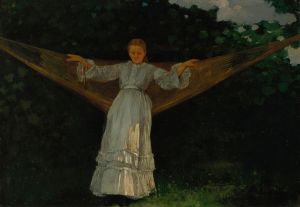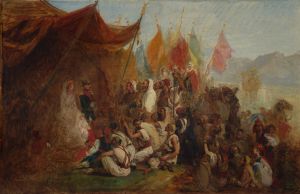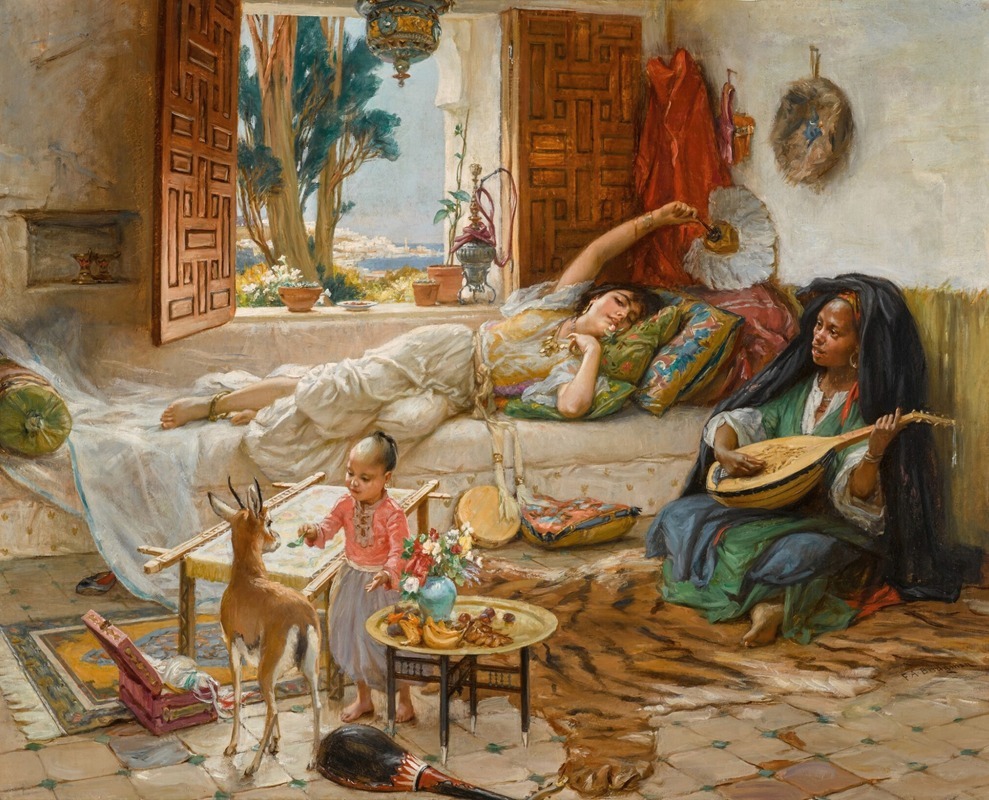
Afternoon Rest, Algiers
A hand-painted replica of Frederick Arthur Bridgman’s masterpiece Afternoon Rest, Algiers, meticulously crafted by professional artists to capture the true essence of the original. Each piece is created with museum-quality canvas and rare mineral pigments, carefully painted by experienced artists with delicate brushstrokes and rich, layered colors to perfectly recreate the texture of the original artwork. Unlike machine-printed reproductions, this hand-painted version brings the painting to life, infused with the artist’s emotions and skill in every stroke. Whether for personal collection or home decoration, it instantly elevates the artistic atmosphere of any space.
Frederick Arthur Bridgman (1847–1928) was an American artist known for his Orientalist paintings, which often depicted scenes from North Africa and the Middle East. One of his works, Afternoon Rest, Algiers, reflects his fascination with the culture and daily life of the regions he visited during his travels.
Bridgman was born in Tuskegee, Alabama, and later moved to New York City, where he studied at the National Academy of Design. In 1866, he relocated to Paris to further his artistic training under the renowned academic painter Jean-Léon Gérôme. Bridgman became associated with the Orientalist movement, a genre that romanticized and idealized the cultures of the "Orient," a term used in 19th-century Europe to describe parts of North Africa, the Middle East, and Asia.
Afternoon Rest, Algiers is one of Bridgman's many works inspired by his travels in Algeria, a country he visited multiple times during the 1870s and 1880s. The painting captures a tranquil moment of repose, likely set in an urban or domestic environment in Algiers, the capital of Algeria. Bridgman was known for his meticulous attention to detail, and this work exemplifies his ability to render textures, patterns, and light with precision. The painting features figures in traditional Algerian attire, a hallmark of Bridgman's effort to document the clothing, architecture, and customs of the regions he explored.
The composition of Afternoon Rest, Algiers reflects Bridgman's academic training and his interest in creating harmonious, balanced scenes. His use of light and shadow enhances the sense of warmth and relaxation, evoking the atmosphere of an afternoon in Algiers. Bridgman's works, including this painting, were well-received during his lifetime, and he exhibited regularly at the Paris Salon and other prestigious venues.
Today, Afternoon Rest, Algiers is recognized as an example of 19th-century Orientalist art, a genre that has been re-evaluated in modern times for its cultural and historical implications. While Bridgman's works are admired for their technical skill and aesthetic appeal, they are also studied as representations of Western perceptions of the "Orient" during the colonial era.
Further details about the specific location or individuals depicted in Afternoon Rest, Algiers are not documented, as Bridgman often created composite scenes based on his observations and artistic imagination. The painting remains a testament to his ability to capture the essence of a moment while showcasing his mastery of color, composition, and detail.





